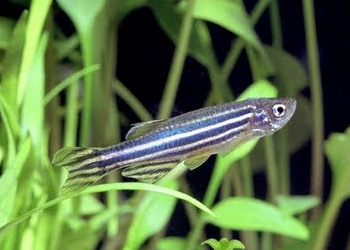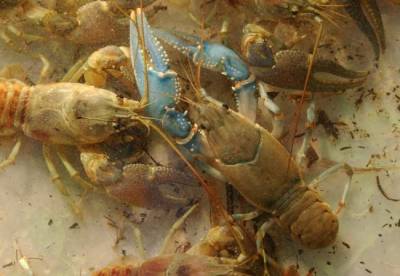In 1986, Kasymyan & Ponomarev have published the results of their behavioural experiments with several tens of zebrafish, Brachydanio rerio, divided into two
training groups. In training Group 1, fish were fed (from birth to 3 month age) planktonic Cladocera and bloodworms (Chironomus plumosus), in Group 2 Cladocera and sludge worms (Tubifex tubifex).

Then fish were moved into an experimental aquarium, where they had the possibility to select one of two sections: with water extract of bloodworms and, respectively, with water extract of sludge worms (under concentration of these extracts 10-2
– 10-3 g/l). According to Kasumyan & Ponomarev (1986), fish of the first group preferred (displaying search feeding behaviour) an aquarium section with the Chironomus plumosus odor, and vise versa — fish of the second group preferred another section, with the Tubifex tubifex odor.
In other words, training fish preferred the familiar feeding odors.
In general and applied ethology, this phenomenon is considered in the terms of an acquired search image. An acquired search image forms in the long-term memory of an animal during its learning (both in the nature or laboratory) and is used
further as an etalon (template, specimen) to collate the receiving perceptual information. In our case, an acquired chemical search image forms in respect of an odor of some object.
How chemical search images form in other fish and crustaceans, study the basic references given below.
Basic References
Atema J., Holland K., Ikehara W. 1980. Olfactory responses of yellowfin
tuna (Thunnus albacares) to prey odors: chemical search image. Journal of Chemical Ecology 6, 457-465
Brown G.E.,
Smith R.J.F. 1994. Fathead minnows use chemical cues to discriminate shoalmates
from unfamiliar conspecifics. Journal of
Chemical Ecology 20, 3051-3061
Connaughton V.P., Epifanio C.E. 1993. The influence
of previous experience on the feeding habits of larval weakfish (Cynoscion
regalis).
...
Read more »





